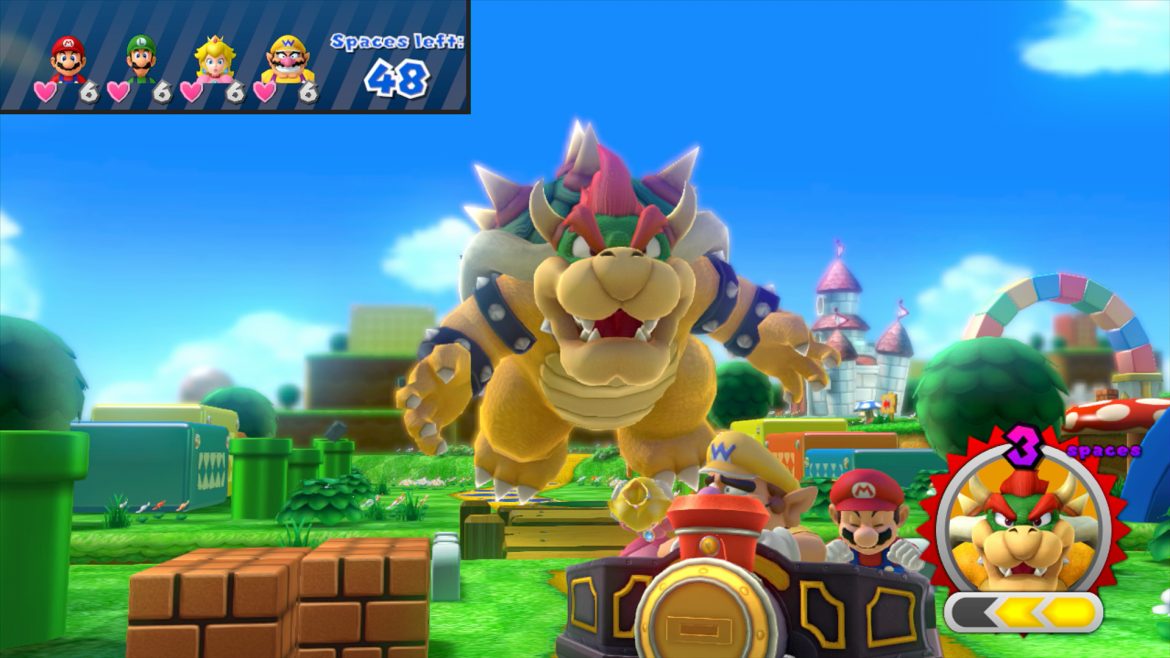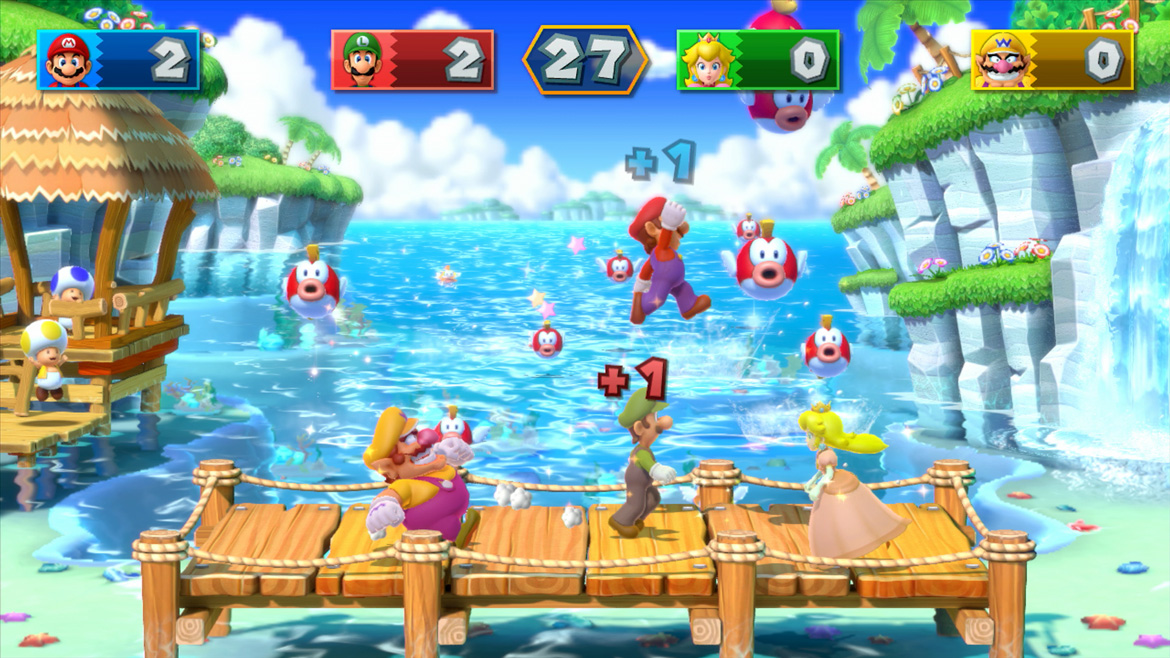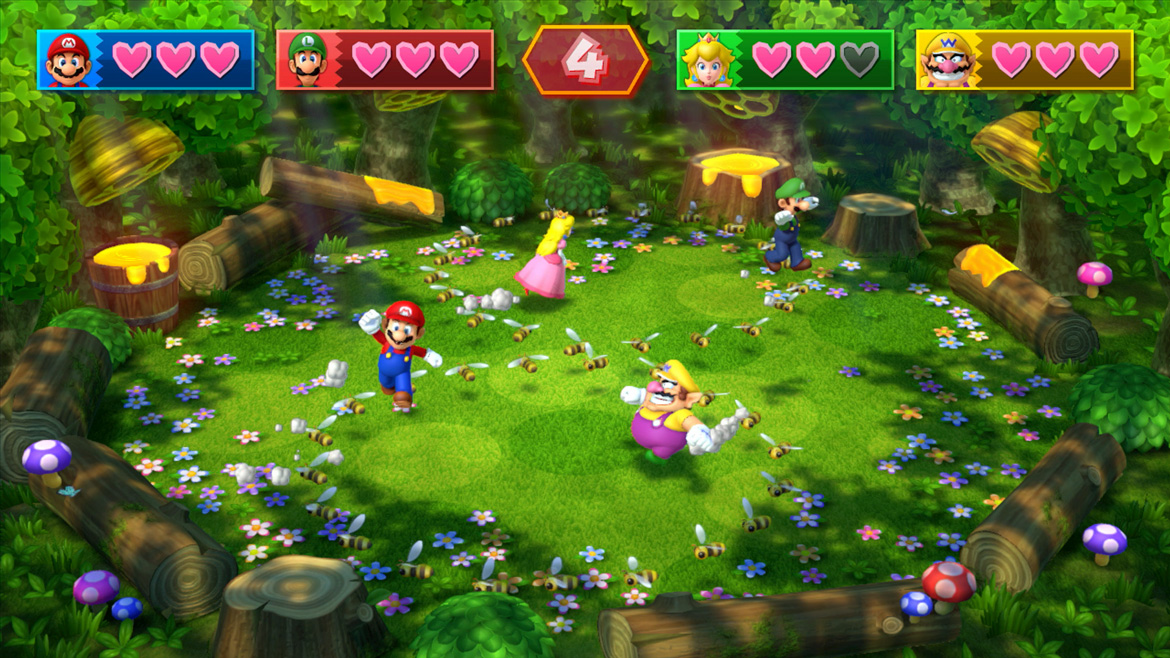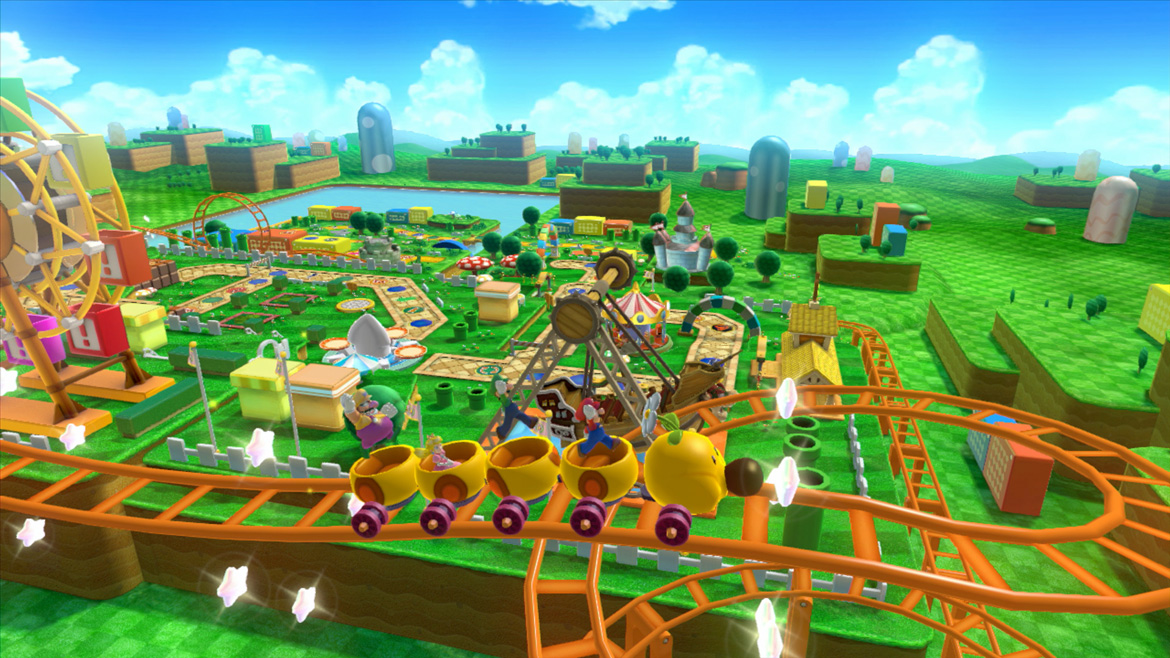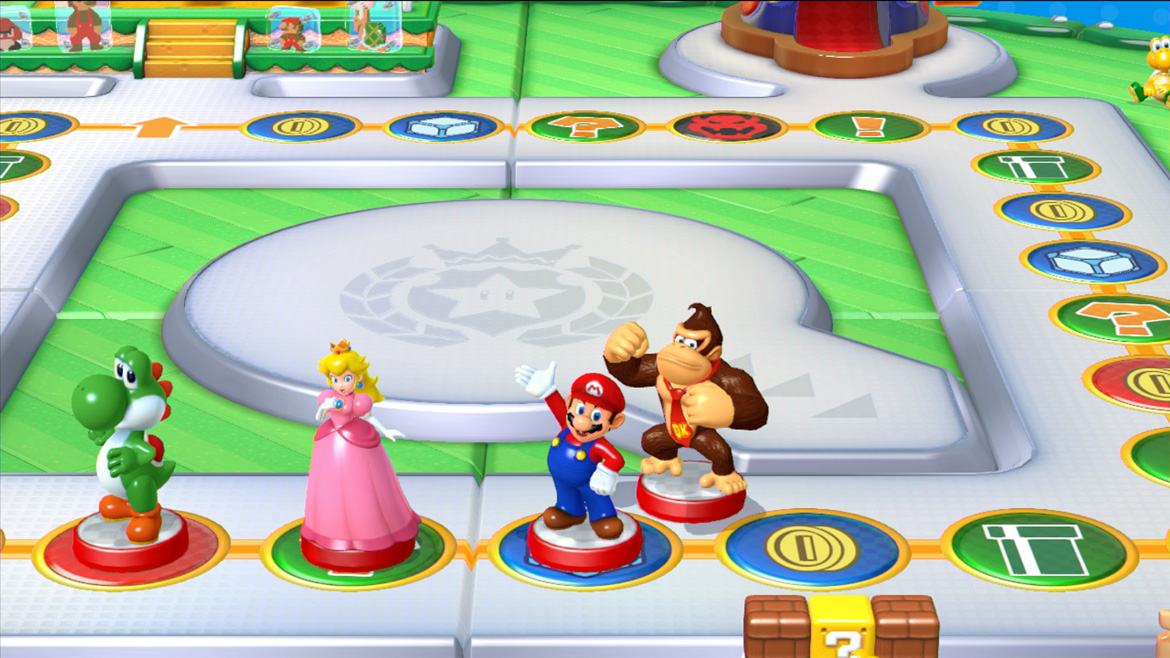TL;DR
Mario Party 10 on Wii U offers a mixed bag for fans. While Bowser Party mode is a surprisingly fun addition where one player controls Bowser, the main Party mode's move to a linear track and removed classic star mechanics may disappoint veterans. The amiibo mode brings back some older freedom, but requires dedicated figures. Minigames, exclusively motion-controlled via Wii Remotes, are hit or miss. Visually and audibly, it's pure Nintendo charm. Ultimately, it’s polished and accessible, especially with more players, but the lack of classic gameplay might be a dealbreaker for some. Ready to see if the new modes and amiibo magic are enough to make up for the changes? Dive into the full review!
Mario and his iconic ensemble of friends and foes arrive on the Wii U in Nintendo’s tenth iteration of the beloved Mario Party franchise. The central question remains: how much innovation does this installment truly offer?
At senses.se, we’ve spent numerous late nights engaged in intense Mario Party competitions. A particular favorite is Mario Party 8 (for the original Wii), which we consider to be a strong combination of compelling minigames and a free-roaming board game setup. This allows for strategic decision-making regarding routes, making the acquisition of Super Stars a challenging endeavor, culminating in the often frustrating – yet undeniably exciting – bonus star distribution at the conclusion of each round.
For those unfamiliar with the Mario Party framework, it fundamentally presents as a digital board game, utilizing a virtual die. Up to four players (human or AI-controlled) compete in minigames, accumulating coins, and vying for Stars. Traditionally, Mario Party games offered considerable freedom of movement after each dice roll. However, beginning with Mario Party 9, players are confined to a vehicle, progressing along a predetermined track, taking turns to roll the dice. This mechanic persists in Mario Party 10, a design choice that, frankly, elicits some disappointment. Furthermore, the star hunt (involving purchasing Stars for coins and strategically stealing them from opponents through challenges) has been replaced with a more streamlined coin-collection, winner-takes-all approach in Party mode. For players nostalgic for the classic Mario Party experience, an amiibo-centric bonus mode is available, requiring an amiibo for each participant. This mode restores the freedom of movement and star acquisition reminiscent of earlier titles, alongside bonus games not found in the primary Party mode.
A key addition this year is Bowser Party, where one player utilizes the Gamepad to embody Bowser, pursuing the other four players across the game board. This mode proves surprisingly engaging, offering a distinct dynamic where Bowser, initially appearing underpowered, wields several strategic advantages, often aided by Bowser Jr. Bowser Party also incorporates elimination-style minigames absent from the standard Party mode. The minigames in Mario Party 10 are exclusively controlled via Wii Remotes, emphasizing motion-based interactions. This presents a mixed experience. While it broadens accessibility due to the intuitive nature of the controls, executing the actions accurately can prove challenging. Conversely, it excludes the Wii U Controller Pro, which, despite lacking motion controls, would offer enhanced precision.
Mario Party 10 also incorporates bonus games and a reward system, allowing players to accumulate points to unlock content such as new figures for the photo mode, music tracks, and vehicles. The amiibo integration provides some entertainment value, but users should be aware that it necessitates erasing data from previous games (such as Super Smash Bros) if the same amiibo are used. This approach raises questions regarding the necessity of dedicating amiibo to specific titles. A locally saved settings file linked to the amiibo would seem a more elegant solution. The bonus games feature the unexpectedly enjoyable badminton minigame, along with a three-in-a-row puzzle game reminiscent of a Columns/Tetris hybrid.
The visuals maintain Nintendo’s signature aesthetic. The focus is not on cutting-edge graphical fidelity, but rather on the vibrant colors and familiar characters that have defined the franchise, including appearances from King Boo and the circular dragon from New Super Mario Bros U. The audio landscape consists of cheerful Nintendo jingles, with a standout remixed version of the iconic Super Mario Bros. theme. Stylish indeed!
The controls are generally responsive and reliable. Mario Party 10 is readily accessible to a wide audience, prioritizing casual and party gaming. The difficulty of AI opponents can be adjusted, along with individual player handicaps. A single play session can easily extend into multiple rounds as players inevitably want to experience “just one more track” (each game lasting approximately 30-40 minutes). However, once the animations have been witnessed and the dice rolled numerous times, the game can feel somewhat repetitive, leading to a desire to skip directly to the minigames that conclude each round. A dedicated mode allows players to focus solely on these minigames. The enjoyment of the game scales proportionally with the number of physical players involved.
Mario Party 10 stands as arguably the most polished and comprehensive entry in the series to date. However, the absence of the “classic” mode, featuring individual movement and star purchasing, is a notable omission. Whether Mario Party 11 will reintroduce this element remains to be seen. In the meantime, we anticipate many more late-night office gaming sessions.
